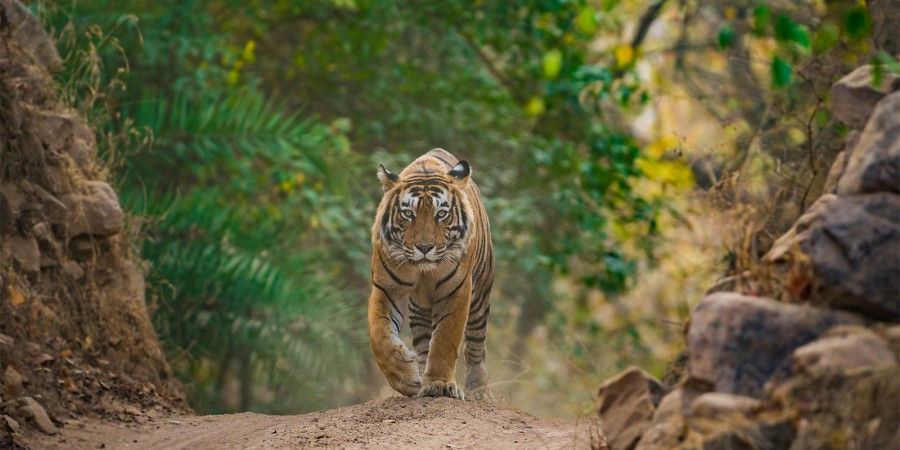Tiger watching invariably has an element of thrill to it as you seek out the world’s most powerful and evocative felid. Our tiger safaris offer a range of trips and locations chosen to provide the very best tiger viewing experiences, such as...



Why our tiger safaris are so successful




More about tigers and where to see them
The most numerous of the tiger subspecies is the Bengal tiger (Panthera tigris tigris), which since 2010 has been classified as endangered by the IUCN. The population in the wild is estimated to be fewer than 2,500 individuals, spread over India, which contains up to 80% of the total, and – in decreasing order – Bangladesh, Nepal and Bhutan. The actual number is a matter for conjecture, as until recently censuses depended on identifying individual footprints known as pug marks — a method now recognised as wildly inaccurate.
Our trips to see tigers focus on the various national parks and reserves of central and northern India where most of the tiger population is concentrated in small pockets of protected land. In places such as Kanha, Pench, Satpura, Bandhavgarh, Tadoba, Panna and Ranthambore, as well as Kaziranga in the east, the Sundarbans in the west and Corbett in the north, individual tigers can still be seen during safaris into the typically forested habitats. The Bengal tiger is the national animal of both India and Bangladesh.
Tiger

The six subspecies are all classified as endangered by IUCN. The global population in the wild is estimated at between 3,000 and 4,000, with most remaining populations occurring in small isolated pockets. Reasons for population decline include habitat destruction, habitat fragmentation and poaching. Tigers are territorial and generally solitary but social animals, often requiring large areas of habitat that support the prey they need. This, coupled with the fact that they are indigenous to some of the most densely populated places on earth, has caused significant conflict with humans.
Best places to see Tiger
Tigers once ranged widely across Asia, from Turkey to the eastern coast of Russia. Over the last century, however, they have lost 93% of their historic range, and been extirpated from southwest and central Asia, the islands of Java and Bali, and large areas of Southeast and Eastern Asia. Today, their range extends from the Siberian taiga to Nepal the open grasslands and tropical mangrove swamps of India.









